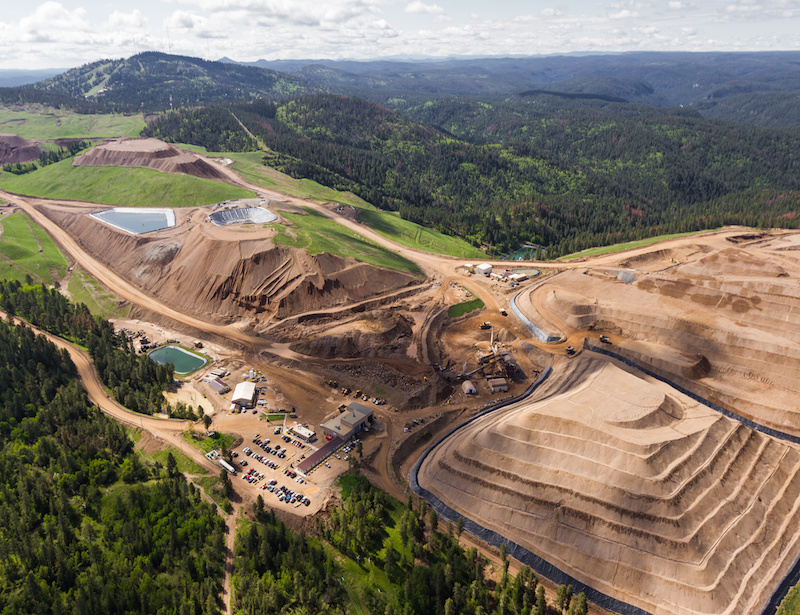The American Geophysical Union (AGU) and International Geological Congress (IGC) are hosting a series of daily panel discussions during the IGC in Cape Town, South Africa this week. These are centered around “hot topics” associated with the sessions and include issues related to the science and translation of the science to societal issues such as water and energy resources.
The focus on Tuesday was “Resourcing the Future,” which is also a major initiative at IUGS. A major challenge is that global population is estimated to reach 11 billion people toward the end of this century, and there is a growing middle class that requires modern infrastructure and technology. So how do we ensure a supply of needed mineral and other resources while addressing the interconnected challenges of minimizing energy and water use and environmental impacts, and recognizing social justice, international equity, and more?
The panel included Edmund Nickless, Geological Society of London; Patrice Christmann, French Geological Survey; and Tom Graedel, Yale University. They highlighted that currently 12% of global energy is used to supply, deliver, and process the rock and mineral natural resources used throughout modern society. For example, cement production, which starts with processing limestone leading to significant greenhouse gas emissions, has also been expanding greatly in the newly developed world; China has laid more cement in the past two years than the United States did between 1900 and 2014.
A major challenge in improving efficiency is the need for increased awareness and education throughout society, but particularly among political leaders, of the supply chain and its impacts, and how our modern society depends on mineral products even in items as basic as toothpaste. Recycling can help but has significant limitations, both in collection (for example of phones and computers) and in technology, especially for more than 40 important elements.
A second major challenge, and opportunity, is the lack of relevant data for understanding the life cycle of many important elements throughout society, including energy use and recycling. For example, there is currently essentially no information on the production and refinement of at least 20 critical elements, which are mostly byproducts in the processing of other major ores. All three speakers emphasized that such data are a social good that is a necessity for better management. One start would be to expand efforts by national geological surveys but these need to be augmented through international and legal efforts. Global initiatives to foster reporting of corporate performance, for instance within the frameworks of the Global Reporting Initiative guidelines or ISO 26 000, need to be acknowledged by the global market, for instance through a minerals and metals eco-labelling system.
Resourcing for future generations is a system problem. It can’t be solved by addressing mining, recycling, or modulating people’s connections with demand only. The resources are interlinked and processing impacts air and water quality, climate, and more. Best practices would save approximately 20% of energy requirements in mining of minerals and metals. More research could save up to 50% of energy requirements. Transparency and accountability throughout are key to realizing these efficiencies, and education and awareness of these issues is a critical challenge that scientific societies and others must help address.
—Brooks Hanson, Director, AGU Publications; email: [email protected]
Citation:
Hanson, B. (2016), Resourcing the future, Eos, 97, https://doi.org/10.1029/2018EO058495. Published on 31 August 2016.
Text © 2016. The authors. CC BY-NC-ND 3.0
Except where otherwise noted, images are subject to copyright. Any reuse without express permission from the copyright owner is prohibited.

